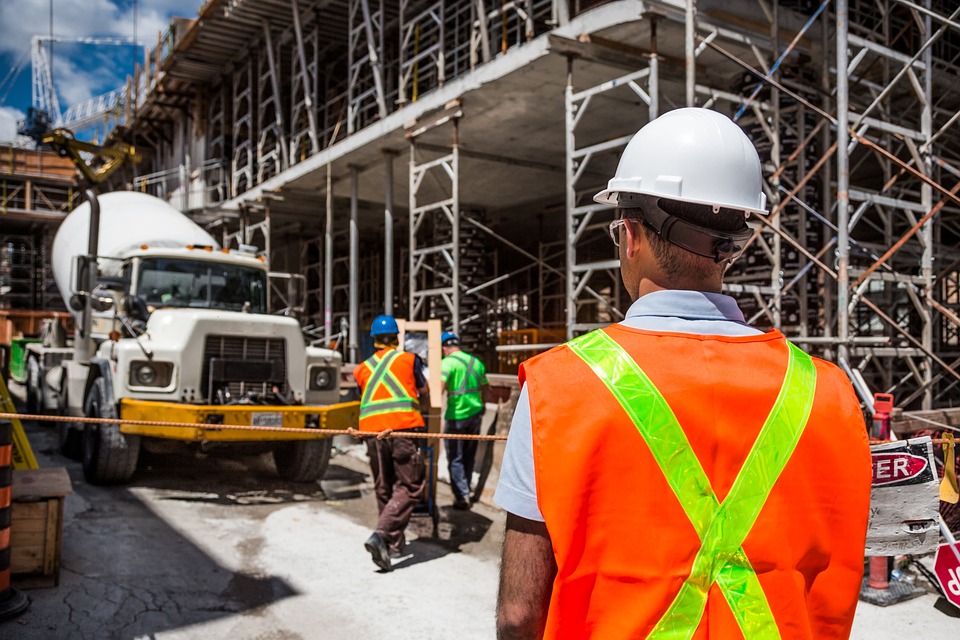If you’ve ever driven behind a truck or van loaded with goods for delivery, chances are you’ve spotted a metal platform attached to the back of the vehicle, ready to swiftly lift heavy boxes and materials up and down.
This platform is known as a liftgate, and it allows quick and efficient loading and unloading of cargo. Liftgates have become an essential tool for commercial vehicles that frequently deliver oversized or heavy goods.
The science behind liftgates involves a complex yet well-engineered system of hydraulic pumps, pistons, valves, and levers that gracefully handle significant loads with minimal human effort.
Table of Contents
How Do Liftgates Work?
Liftgates are powered by a hydraulic pump and lift cylinders or accumulators. Pressing a button, typically located on the liftgate or dashboard, activates the hydraulic system to raise the gate. This extends hydraulic cylinders that are connected to pivots on the liftgate, raising it up and back.
Some liftgates are manually operated while most today have electric power openers for convenience and ease of use. The gate can usually be raised to several preset positions or fully opened for maximum access. Locks and latches keep the gate securely closed and raised at the desired height.
Types Of Liftgate
There are two main types of liftgates used on vehicles – swing-out liftgates and roll-back or drop-down liftgates. Each provides access to the cargo area in a different way. While choosing a liftgate for flatbed, there are certain things you must consider. Click on the link to know about it.
Swing-Out Liftgates
Swing-out liftgates pivot out from the side of the vehicle to open more of the cargo space. The entire gate swings out, allowing a very wide opening but also causing the gate to hang partly over the side of the vehicle. This liftgate type is good when loading very large or heavy items that will not fit through a smaller opening.
However, the swung-out gate reduces ground clearance on that side of the vehicle and the extended gate is more exposed, so it requires strong supports to prevent sagging.
It can also be less stable when loading heavy cargo due to the gate extending out. Vehicles with swing-out liftgates often have dual gates – one on each side – for the most access, but this also adds complexity and cost.
Roll-Back or Drop-Down Liftgates
Roll-back or drop-down liftgates fold or slide down and back from the rear of the vehicle to open the cargo area. This allows the gate to open within the dimensions of the cargo space.
It provides a more stable loading surface and higher ground clearance since the gate nests against the vehicle when closed. However, the opening is typically smaller than a swing-out gate.
Some vehicles offer “dual-action” liftgates which first roll back partially and then swing out for maximum access. But roll-back liftgates on their own are more common and simpler.
They keep the vehicle profile lower and more inclined to resist water intrusion while still allowing easy access to the cargo area. The gate can usually be raised to multiple positions or fully opened for flexibility.
To Wrap Up
Properly installed liftgates help ensure the cargo area remains secure when closed. Locks, latches, cables, and other anti-sagging devices prevent the liftgate from accidentally opening or the edge from dropping.
This maintains the integrity of the cargo compartment and protects contents from elements, theft, and damage. Liftgates are a convenient feature when used and maintained properly according to manufacturer recommendations.





